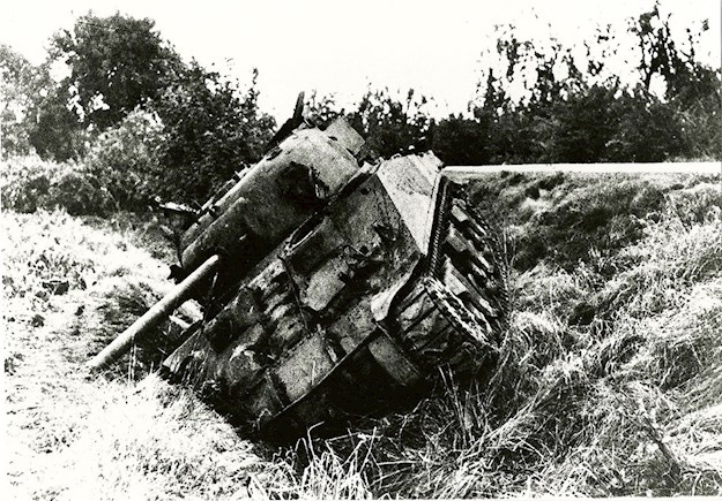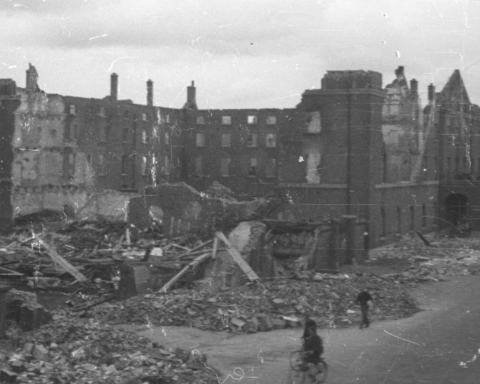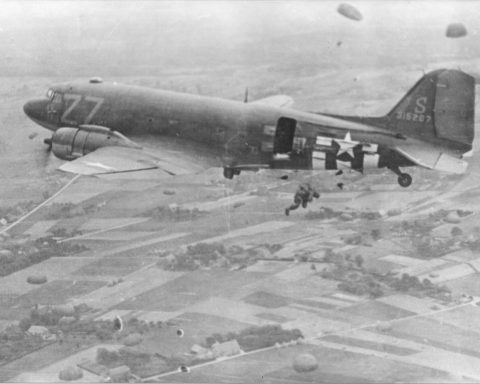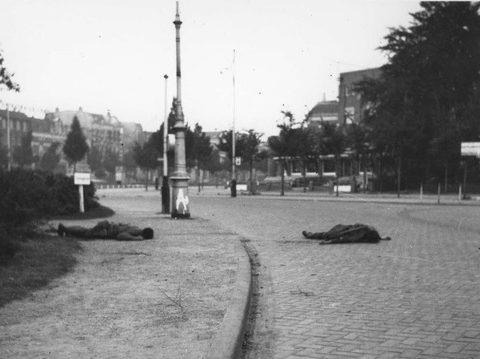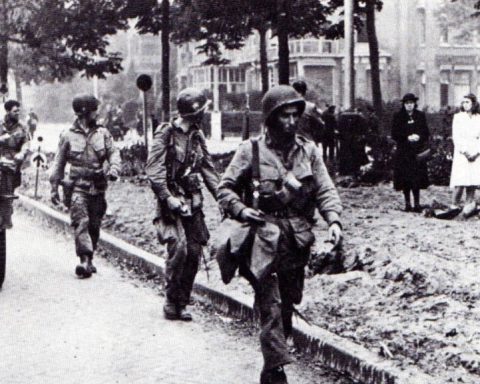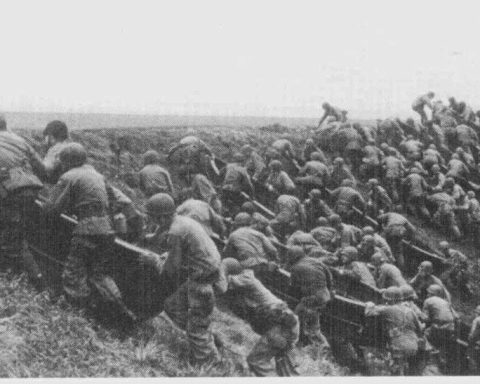After the Waal Bridge in nijmegen had been captured, the tanks of XXX Corps advanced further north on Thursday, September 21, towards the besieged British airborne troops near Arnhem. The Allies did not get very far. The Germans stopped the advance after just a few kilometers.
Nowadays the A325 runs between Nijmegen and Arnhem. In 1944 there was no highway between the two cities. During the war there was an elevated two-lane road at this location. It was along this road that the British wanted to advance with tanks to Arnhem.
When Field Marshal Montgomery informed Prince Bernhard about the plans prior to Operation Market Garden, Bernhard already warned that it would prove impossible to cross a single dike with armored vehicles through the low-lying polder land. The polder land was too soft for the tanks, so they could only use the higher roads. There they would be easy prey for anti-tank guns, according to Bernhard.
Montgomery ignored Prince Bernhard’s advice. And so on Thursday, September 21, the British tanks that had crossed the Waal Bridge near Nijmegen were ordered to advance to Arnhem via the elevated straight road.
Solid defense
Since the loss of the Waal Bridge near Nijmegen on Wednesday evening, September 20, the Germans had established a sturdy defensive line four kilometers to the north. The troops of the 10th SS Armored Division were ready on the Oosterhout-Ressen-Bemmel line, reinforced with artillery and Panzer IV tanks.
Field Marshal Walter Model’s headquarters was informed that “so far 45 enemy tanks have crossed the bridge towards the north.” The Germans were ready to destroy those tanks between Nijmegen and Elst.
The British tank commanders of the Irish Guards found the idea of advancing over a dike with boggy polder land on either side “ridiculous”. According to them it was suicide to advance with a single tank front without the tanks having the opportunity to leave the road.
The advance of the tanks was supposed to be covered by allied Typhoon fighter planes, but nothing came of this because the connection with the planes was broken. And so by early afternoon the tanks had no choice but to head north and hope for the best.
Metal ducks
Soon the leading four Sherman tanks of the column were neutralized. The leading three tanks were even destroyed by German shells in less than a minute. According to an Irish Guards officer, they lined up like metal ducks on a fairground attraction to be shot.
With a blocked road in the direction of Elst and Arnhem, and a well-entrenched opponent in possession of sufficient tanks, anti-tank guns, artillery and infantry, advancing further north via this road was not an option for the time being.

